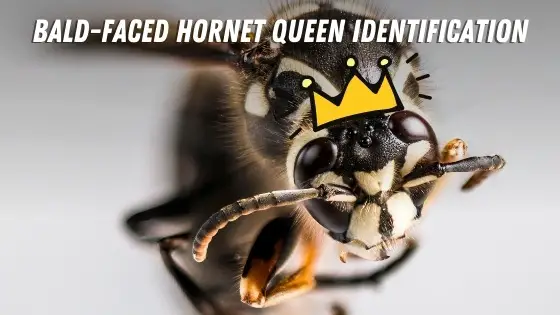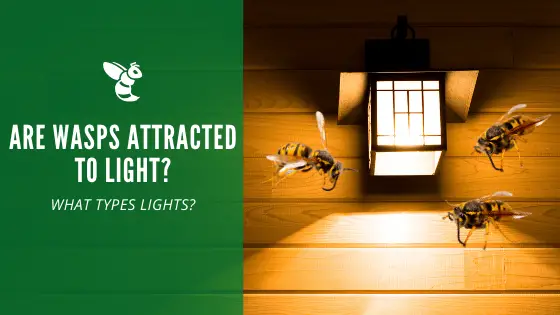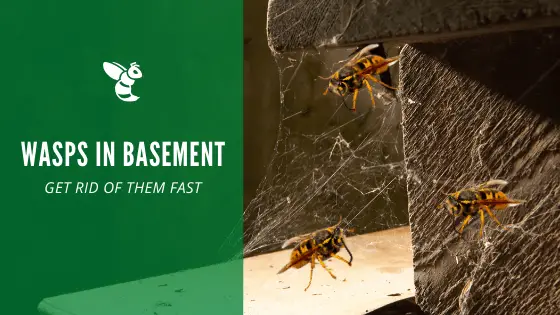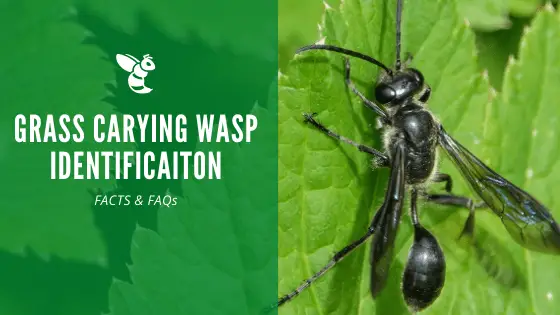Bald-Faced Hornet Queen Identification

Bald-faced hornets are a bit different from most other wasps and bees, seeing as how they make their appearance in the middle of summer. Other similar insects will get started with their new colony as soon as the temperatures become warmer in the spring.
They do have a colony, though, and their structure consists of a queen and workers. Only one queen exists per nest, and she is the only one who can reproduce. She has the ability to lay eggs that are both infertile and fertile. The infertile eggs will become female larvae that are workers within the colony. There is no plan for them to begin the future queen hornet.
Do you know how to spot a bald-faced hornet on your property? If you see one, it’s a good idea to take care of them if they’re in a spot that will pose a danger to anyone in or around the yard.
Do Bald-Faced Hornet Queens Sting?
The bald-faced hornet will only choose to sting someone or something if they are feeling threatened. They generally react when they sense that someone is within three feet of their nest. They will properly defend their nest and colony, but don’t expect them to attack out of the blue.
They can remove an overpopulation of yellow jackets and other nuisance insects, so it’s perfectly fine to leave the nest alone when you find it.
What Does a Bald-Faced Hornet Queen Look Like?
The bald-faced hornet queen has a distinctive look to her compared to other hornets and wasps. Her head resembles a fly with the way her large eyes are positioned on each side of her head. Her body is mainly black with a few yellow markings.
She has a segmented waist that separates the body into two different parts. The bald-faced hornet queen gets her name thanks to some white markings on her head and face, which resembles a bald patch.
Bald-Faced Hornet Queen Size
The queen can get up to ¾ inch in size, while the workers stay around ½ inch. The size of the bald-faced hornet’s hexagon-celled nest will get up to about 14 inches in diameter and 24 inches in length. The colony size can get up to 400 workers when enough time is allotted for reproduction before the cold winter hits. This is one of the largest colonies for this type of insect.
Do Bald-Faced Hornet Queens Hibernate?
When cold weather arrives, the workers and the old queen from the nest will die. There is a new queen that becomes fertilized, and she will spend the winter hibernating somewhere safe. If she can make her way indoors, this is where she will safely remain until temperatures increase in the spring and early summer. When she’s ready, she will emerge and begin her new colony all over again.
Bald-Faced Hornet Queen vs. Worker
There is a four-part life cycle that consists of the egg, larva, pupa, and adult hornets in the summer. Female queens lay the eggs. The first eggs typically create the first batch of workers; when the next batch of eggs becomes a larva, they are fed by the workers, and the queen will continue to focus on egg production.
In early autumn, workers will produce oversized brood cells that the queen deposits her eggs in. These eggs later turn into males and new queens. The largest female hornet is bred to be the future queen of the colony next season.
Some studies have found that workers in reproductive nests may actually kill their queen so that they can continue to reproduce. This typically happens in colonies with high worker relatedness, where there is more relation between workers and their sons than to the queen’s sons.
Once the fertilized queen has made her way through the winter months, she will begin her nest in the middle of the summer. Weathered wood is her source of cellulose to build the nest. Using her saliva and the wood, the pulp is made that will be used to construct a paper-based nest.
You’ll find the nest a minimum of three feet off of the ground. The bald-faced hornet queen likes to keep an eye on what’s going on around her colony, so an aerial spot is her preferred location.
The difference between other insects and the bald-faced hornet is the strength of the nest. The female will build the nest around a series of branches, so the nest is held tightly in place. It can withstand the elements quite well.
Conclusion
If you have discovered a bald-faced hornet nest on your property, you may want to assess the situation a bit before deciding whether or not you’re going to have it removed. Because this species isn’t very aggressive, it might be beneficial to leave them be. If they’ve created a nest in a very populated spot of your yard, it might be wise to remove them.
Pesticide application is used to remove a colony of bald-faced hornets, but you have to take proper safety precautions during the process. You could have a large swarm of hornets coming at you if you disturb them.
Application may need to be repeated depending on the size of the nest. It’s a good idea that a professional take care of this insect remediation if possible.



